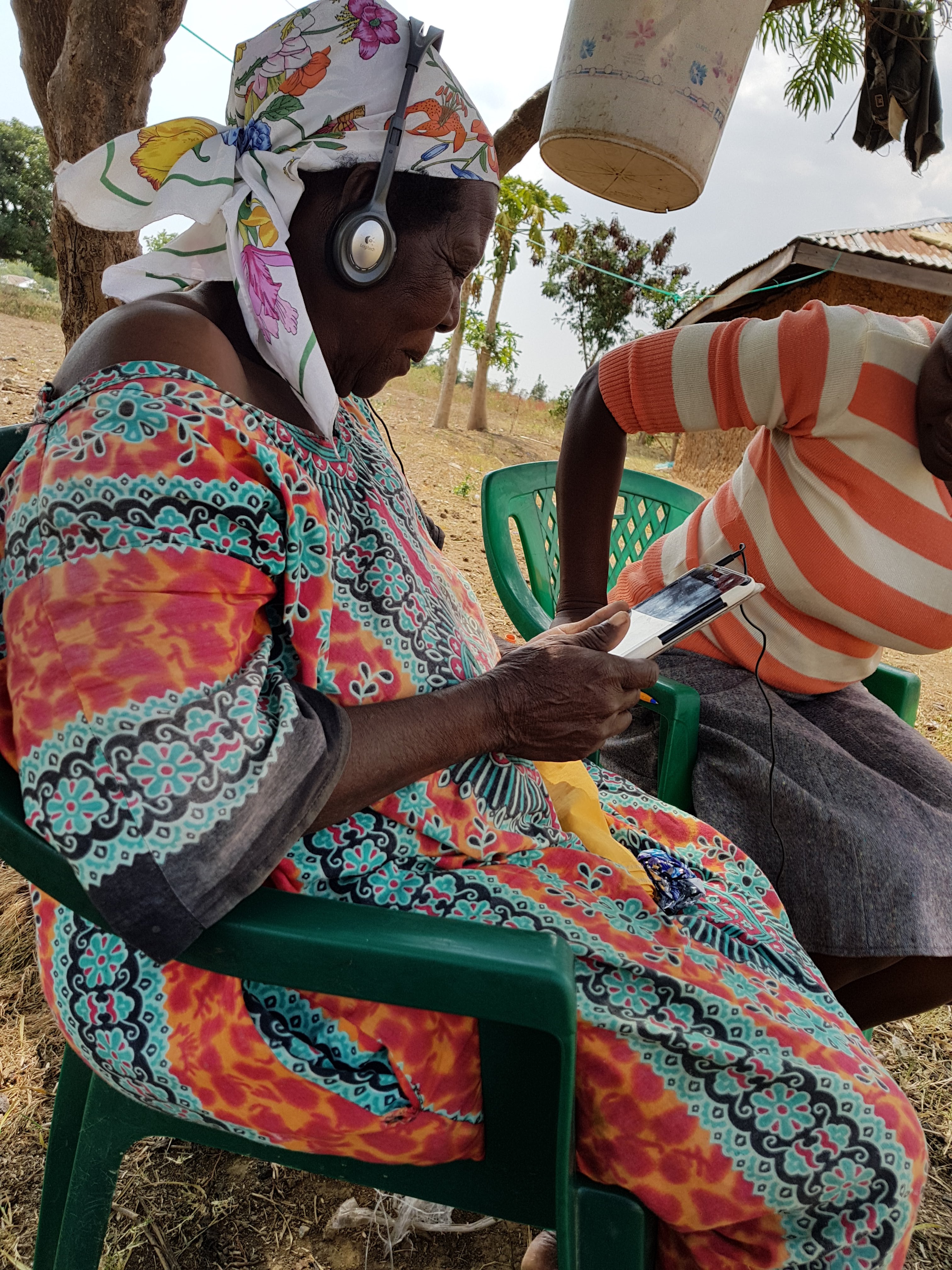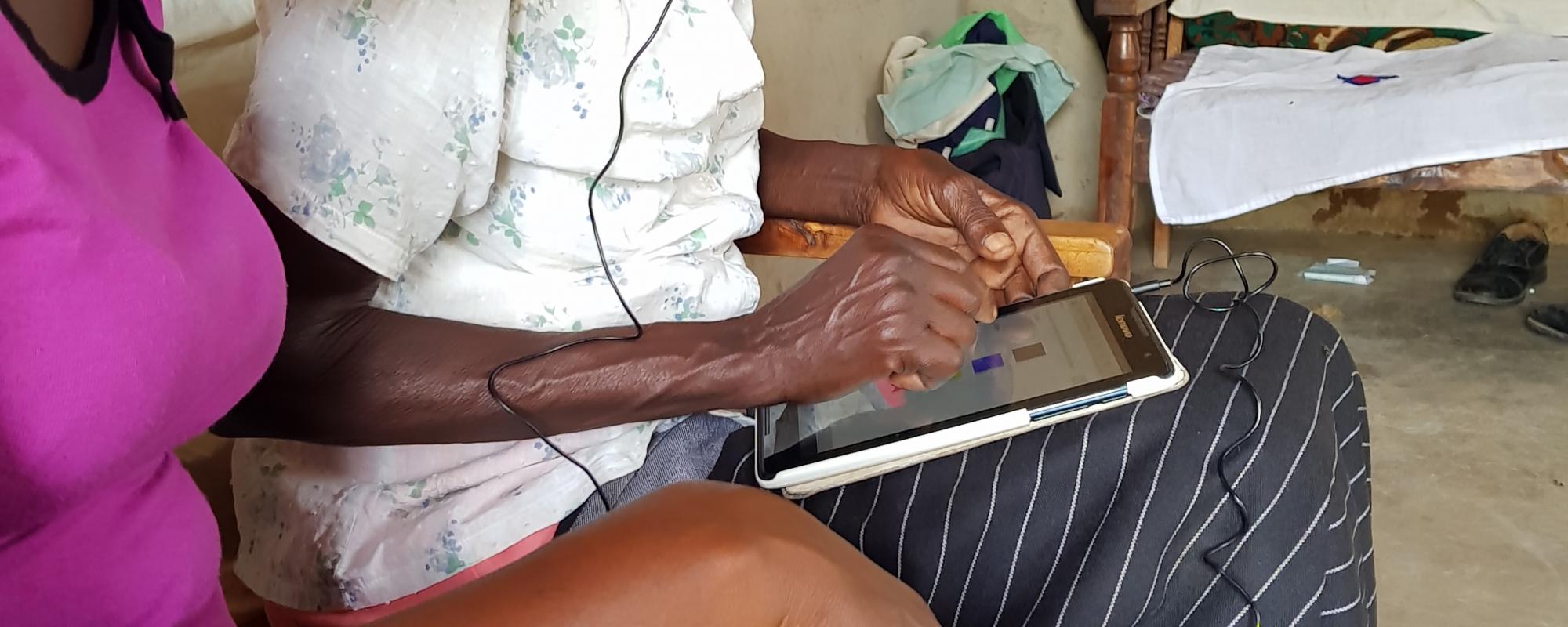Women across developing countries report limited direct control over economic resources and experience high rates of physical and sexual intimate partner violence. In rural areas of Siaya county in western Kenya, researchers are evaluating the impact of alleviating economic or psychological constraints individually or in combination on women’s control of household resources and experience of intimate partner violence.
Rates of intimate partner violence are high - 61% of women in the study control group reported that their partner had committed at least one act of physical violence in the last 12 months. Nearly 50% of men and women aged 15-49 agreed that a husband is justified in hitting or beating his wife for at least one of the five specified reasons (United Nations, 2015). The high rates of violence and attitudes that violence is acceptable point to unfavourable social norms for women. However, women do own some share in household assets - an average of 21% of the value of non-land household assets, primarily poultry and small durables, in the study control group - and there are no major restrictions on their movement outside the household.
We study nearly 3,000 married women under the age of 60 from the poorest households in the villages who are part of a village level trial that randomised them into one of the following four arms (table 1):
-
Cash: The cash arm targets economic constraints by providing a one time large unconditional cash transfer of US$ 2,237 PPP, given through mobile money in three tranches, each two months apart.
-
Video: The psychological arm targets self-beliefs by showing a video with stories of two women with similar backgrounds to the respondents, improving their economic status, followed by a facilitated goal-setting exercise (Bandura, 1977a). The videos do not explicitly mention intimate partner violence or controlling behaviours by the spouse but show women in positive, supportive and consultative relationships, who with the help of their spouse are able to change the household's economic circumstances.
-
Combined: The combined arm targets both economic and psychological constraints by providing both the cash and psychological interventions.
-
Active control: The active control arm receives only a psychologically inactive video about farming in Kenya to rule out effects of exposure to media and the enumerators administering the intervention.
The average woman in this study sample is 32 years of age, has primary education, four children in total and one child aged 0 to 5. We evaluate the effect of the interventions with a survey conducted between February and April 2018 with the women, on average, one year after the first cash transfer tranche. We measure women's bargaining power as two key outcomes of household bargaining: women's control of household resources and her experience of intimate partner violence in the last 12 months.
Table 1: Intervention arms and study sample at endline
|
Unconditional cash transfer |
No cash transfer |
|
|
Psychologically active video |
Combined (N = 772) |
Psychological (N=709 ) |
|
Psychologically inactive video |
Cash (N= 747) |
Active control (N =711 ) |
Note: this study only evaluates married women in Siaya county in 176 villages. The full trial is in 415 villages in two counties -- Homa Bay and Siaya.

Audio Computer Assisted Interviewing being piloted to collect information on intimate partner violence privately.
Combining the cash transfer and the psychological intervention improves women’s control of household resources. However, a single intervention has a limited impact.
The interventions on their own and when combined do not change an index of the frequency of physical and sexual intimate partner violence in the last 12 months.
The combined group reports a marginal improvement in decision making, and a significant improvement in their relationship quality and well-being.
Brody, C., Hoop, T. d., Vojtkova, M., Warnock, R., Dunbar, M., Murthy, P., and Dworkin, S. L. (2017). Can self-help group programs improve women’s empowerment? A systematic review. Journal of Development Effectiveness, 9(1):15-40.
Duflo, E. (2012). Women empowerment and economic development. Journal of Economic Literature, 50(4):1051-79.
United Nations (2015). The World's Women 2015: Trends and Statistics. United Nations, Department of Economic and Social Affairs, Statistics Division, New York.
